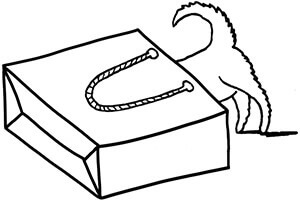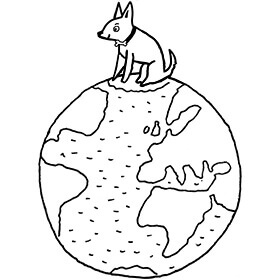-

Your Shopping Bag is empty
Chain Reaction
Chains - worn round your neck, wrist or otherwise - make a big fashion statement. Here is a selection of the best antique and vintage chains in our current collection...
Discover More

 Free Worldwide Delivery
Free Worldwide DeliveryA very good looking long PinchbeckAn early 18th century alloy of copper and zinc (9 parts zinc and 48 parts copper) invented by Christopher Pinchbeck. Another formula consisted of 83 parts copper and 17 parts zinc. It looks like gold, wears well and maintains its colour. More chain which was made circa 1830. Pinchbeck is a form of brass, an alloyA mixture of two or more metals. More of copper and zinc, mixed in proportions so that it closely resembles gold in appearance. It was invented in the 18th century by Christopher Pinchbeck, a London clockmaker. Since gold was only sold in 18-carat quality at that time, the development of pinchbeck allowed ordinary people to buy gold ‘effect’ jewellery on a budget. The inventor allegedly made pinchbeck jewellery clearly labelled as such. Pinchbeck jewellery was used in places like stagecoaches where there was a risk of theft. Later dishonest jewellers passed pinchbeck off as gold. Nowadays these chains are sought after in their own right as they ae extremely decorative to wear. It has unusual interlinking patterned sections and looks stunning when worn.
The Details
Chains - worn round your neck, wrist or otherwise - make a big fashion statement. Here is a selection of the best antique and vintage chains in our current collection...
Discover More
Buying antique jewellery is both ethical and eco-friendly as harmful and destructive mining processes are not needed to make an item yours.
Find Out More


We always stand by our five core principles: Quality, Rarity, Expertise, Peace of Mind and Personal Touch
Find Out More